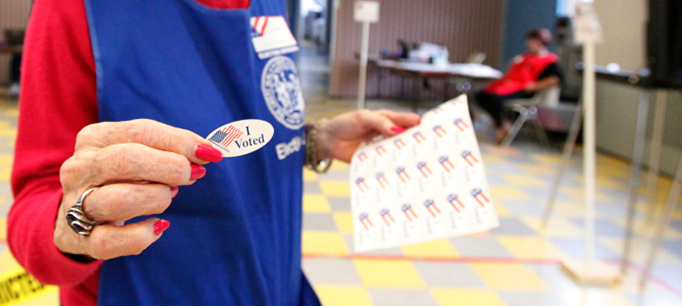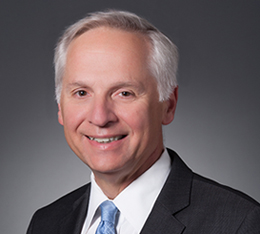Last week, a press release from the California Secretary of State touted the record number of 18.2 million California registered voters as a “major milestone.” The new numbers are impressive, but it’s also worth noting that California’s voter registration is in line with its current population trends. Both the number of registered voters and the number of adults who are eligible to vote have increased by about 1 million since September 2012.
 What struck me as most significant about the September report—and what went largely without mention in the scant media coverage—is that a partisan shift that has been under way for several years has accelerated during the 2016 presidential election.
What struck me as most significant about the September report—and what went largely without mention in the scant media coverage—is that a partisan shift that has been under way for several years has accelerated during the 2016 presidential election.
In 2004, a year after the recall of California governor Gray Davis, a Democrat, and the election of Republican Arnold Schwarzenegger, there was an 8 point gap between Democratic and Republican registration (43% to 35%). In the 2006 general election, Governor Schwarzenegger was reelected and one other Republican won a statewide race (Steve Poizner for insurance commissioner). In other words, California was a Democratic-leaning state but Republicans could eke out a statewide victory, depending on the partisan turnout and candidates.
When Democrat Barack Obama was running for president in the fall of 2008, the gap between Democratic and Republican registration was 12 points (44% to 32%). During President Obama’s reelection campaign in the fall of 2012, there was similar registration gap between Democrats and Republicans (43% to 30%). Between 2004 and 2012, the Republicans lost about a quarter of a million voters and the Democrats gained about three-quarters of a million voters. The biggest registration increase was among independent (or decline-to-state) voters, whose number grew by a million. With many new voters eschewing party membership, California seemed to be entering a “post-partisan” era. Still, with a double-digit lead in voter registration, Democratic candidates defeated Republicans in all statewide races in 2008, 2010, 2012, and 2014.
 This September, the Democratic-Republican registration gap swelled to 18 points (45% to 27%). In a departure from recent trends, Democratic registration saw larger gains than independent registration over the past four years. Moreover, comparing the Secretary of State’s report for January 2016 with the September report, the biggest gain by far was in Democratic registration. This coincides with high interest in the Democratic primary between Bernie Sanders and Hillary Clinton and the unconventional candidacy of Republican Donald Trump. Is this a blip or does it signal the end of the post-partisan era? The Secretary of State’s report after the October 24 voter registration deadline will allow us to track registration trends amid debates, campaigning, and candidate news.
This September, the Democratic-Republican registration gap swelled to 18 points (45% to 27%). In a departure from recent trends, Democratic registration saw larger gains than independent registration over the past four years. Moreover, comparing the Secretary of State’s report for January 2016 with the September report, the biggest gain by far was in Democratic registration. This coincides with high interest in the Democratic primary between Bernie Sanders and Hillary Clinton and the unconventional candidacy of Republican Donald Trump. Is this a blip or does it signal the end of the post-partisan era? The Secretary of State’s report after the October 24 voter registration deadline will allow us to track registration trends amid debates, campaigning, and candidate news.
The growing partisan gap raises many questions. Since it’s easier to register than to vote, will new voters cast ballots this fall? With the latest PPIC Survey indicating a lack of competitive statewide races, will the growing Democratic advantage help to pass state propositions on taxes, corrections reform, and marijuana legalization? Will it allow the Democrats to reach their goal of a two-thirds majority in the state legislature? Looking beyond the 2016 election, the voter registration gap could have implications for the future of the Republican Party, the top-two primary, and California’s democracy.


